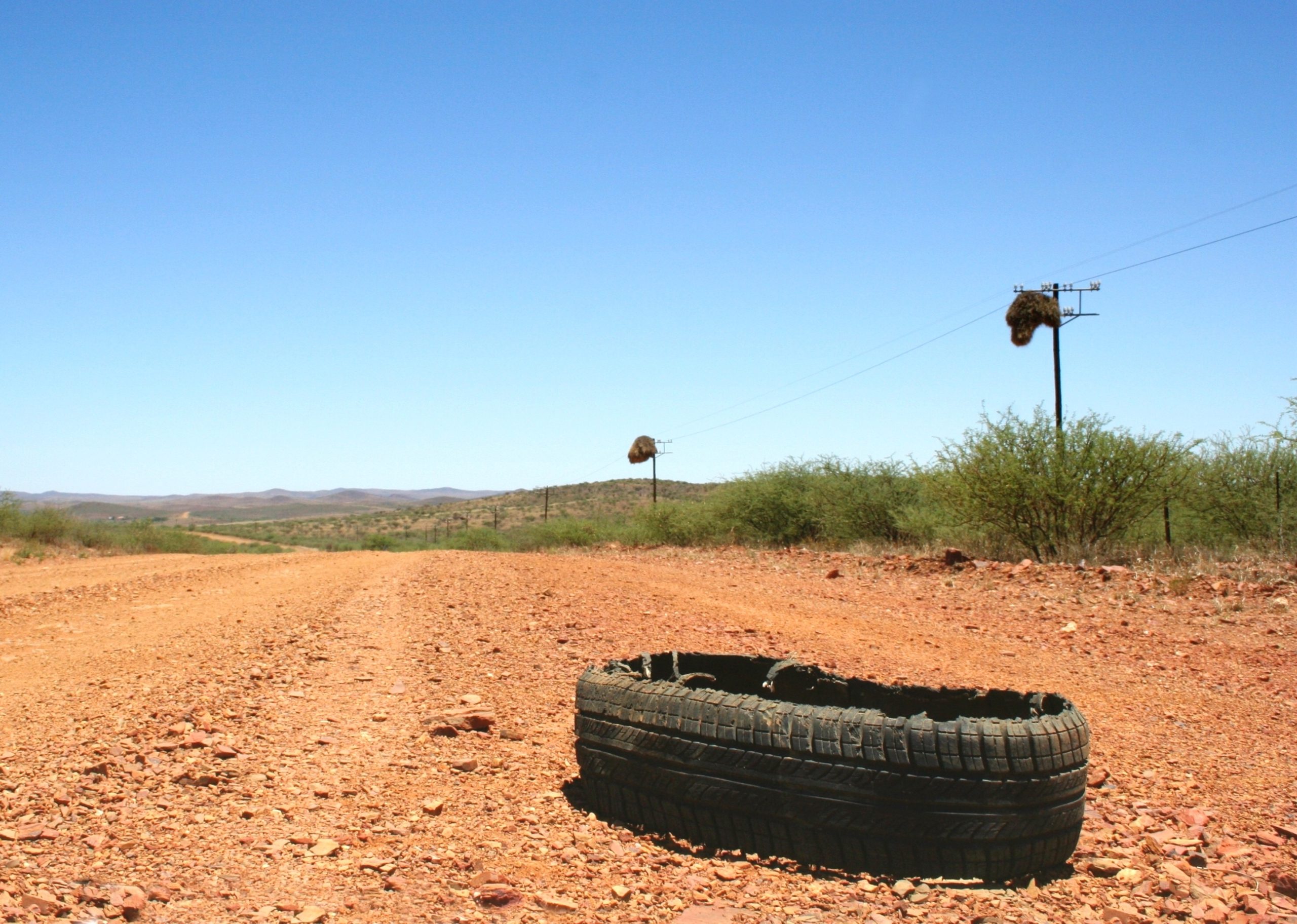 Allocating fault in a car accident is especially difficult when involving multiple individuals. This case illustrates how the allocation of fault affects how damages are awarded and illustrates what type of expenses are compensable.
Allocating fault in a car accident is especially difficult when involving multiple individuals. This case illustrates how the allocation of fault affects how damages are awarded and illustrates what type of expenses are compensable.
While driving on Highway 28 East in Louisiana, Erin Wright rear-ended Christina Dauzat. Before they reached the intersection where the accident occurred, an unrelated accident occurred involving Joanne Marlow and Darrell Paulk. Paulk refused to move his car, which resulted in one of the lanes of traffic being blocked. Before the accident, a truck driven by an unknown driver drove towards Dauzat as it tried to go around the Marlow/Paulk accident.
Dauzat filed a lawsuit against Wright and her insurer, State Farm. At a trial, the court allocated 80% fault to Wright, 10% to the unnamed truck driver, and 10% to Paulk. The trial court awarded general damages of $8,000 (after the 20% reduction from the fault of the unnamed truck driver and Paulk, neither of whom Dauzat filed a lawsuit against) and $9,741.51 in special damages. These damages did not include the $1,440.86 cost of transporting Dauzat via ambulance following the accident. Both Dauzat and Wright appealed.
 Insurance Dispute Lawyer Blog
Insurance Dispute Lawyer Blog


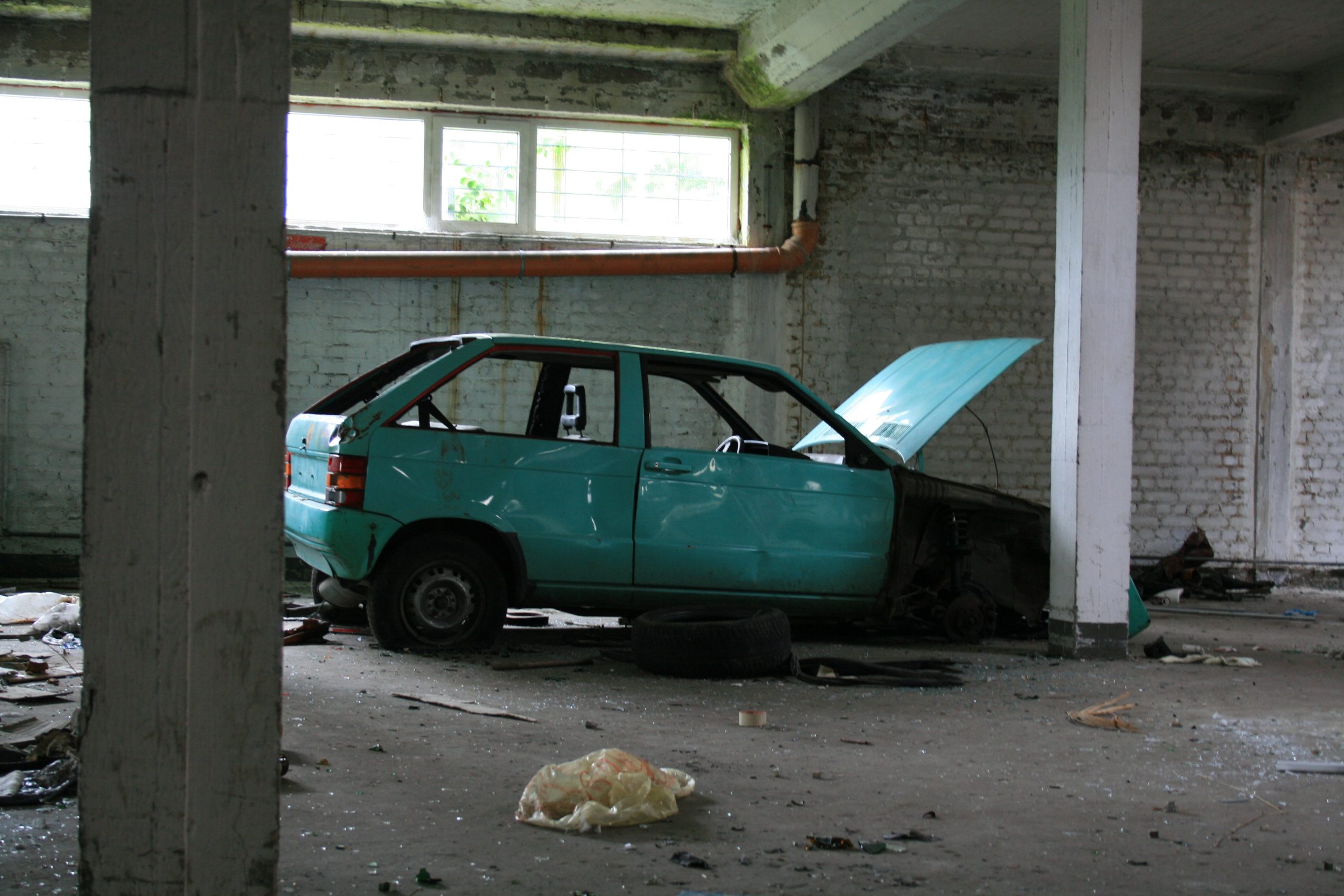 What happens if you are involved in a car accident where your damages exceed the auto insurance policy limits of the person responsible? One possible option is seeking coverage under your uninsured motorist insurance policy. However, questions can arise about what, if any, coverage you are entitled to if it appears the accident did not cause your injuries. Determining the scope of injuries caused by the at-issue accident can be especially complicated if you have previously been involved in other car accidents that injured you or if you have other preexisting conditions. The following case helps shed some light on these issues.
What happens if you are involved in a car accident where your damages exceed the auto insurance policy limits of the person responsible? One possible option is seeking coverage under your uninsured motorist insurance policy. However, questions can arise about what, if any, coverage you are entitled to if it appears the accident did not cause your injuries. Determining the scope of injuries caused by the at-issue accident can be especially complicated if you have previously been involved in other car accidents that injured you or if you have other preexisting conditions. The following case helps shed some light on these issues.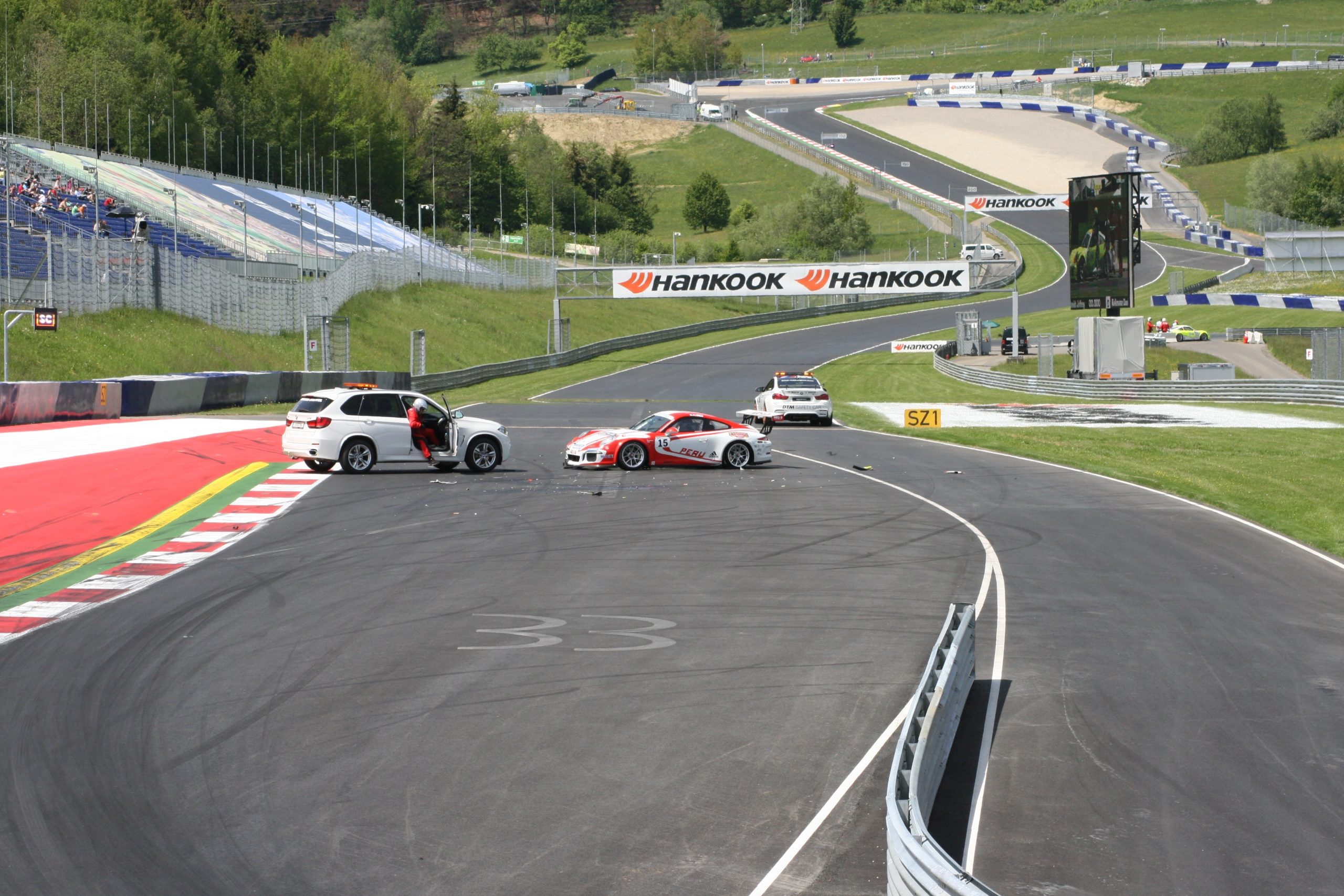 In the aftermath of a car accident, the quest for justice often extends beyond determining fault, delving into the intricate realm of calculating damages. Even when the liability is undisputed, securing compensation can be laden with legal complexities. The following case unveils the story of Shelley Cooley, a collision victim navigating the labyrinth of litigation to ascertain the rightful compensation for her injuries. The journey sheds light on the indispensable role of compelling evidence, from medical testimony to personal accounts, in establishing the magnitude of damages in the aftermath of an accident.
In the aftermath of a car accident, the quest for justice often extends beyond determining fault, delving into the intricate realm of calculating damages. Even when the liability is undisputed, securing compensation can be laden with legal complexities. The following case unveils the story of Shelley Cooley, a collision victim navigating the labyrinth of litigation to ascertain the rightful compensation for her injuries. The journey sheds light on the indispensable role of compelling evidence, from medical testimony to personal accounts, in establishing the magnitude of damages in the aftermath of an accident. If you’ve been involved in a car accident and are considering filing a lawsuit, it’s essential to be aware of one crucial aspect often overlooked – the appropriate court venue. Venue refers to the location where a lawsuit is filed, and getting it right is crucial for the court to have jurisdiction, granting it the legal authority to issue judgments in the case.
If you’ve been involved in a car accident and are considering filing a lawsuit, it’s essential to be aware of one crucial aspect often overlooked – the appropriate court venue. Venue refers to the location where a lawsuit is filed, and getting it right is crucial for the court to have jurisdiction, granting it the legal authority to issue judgments in the case.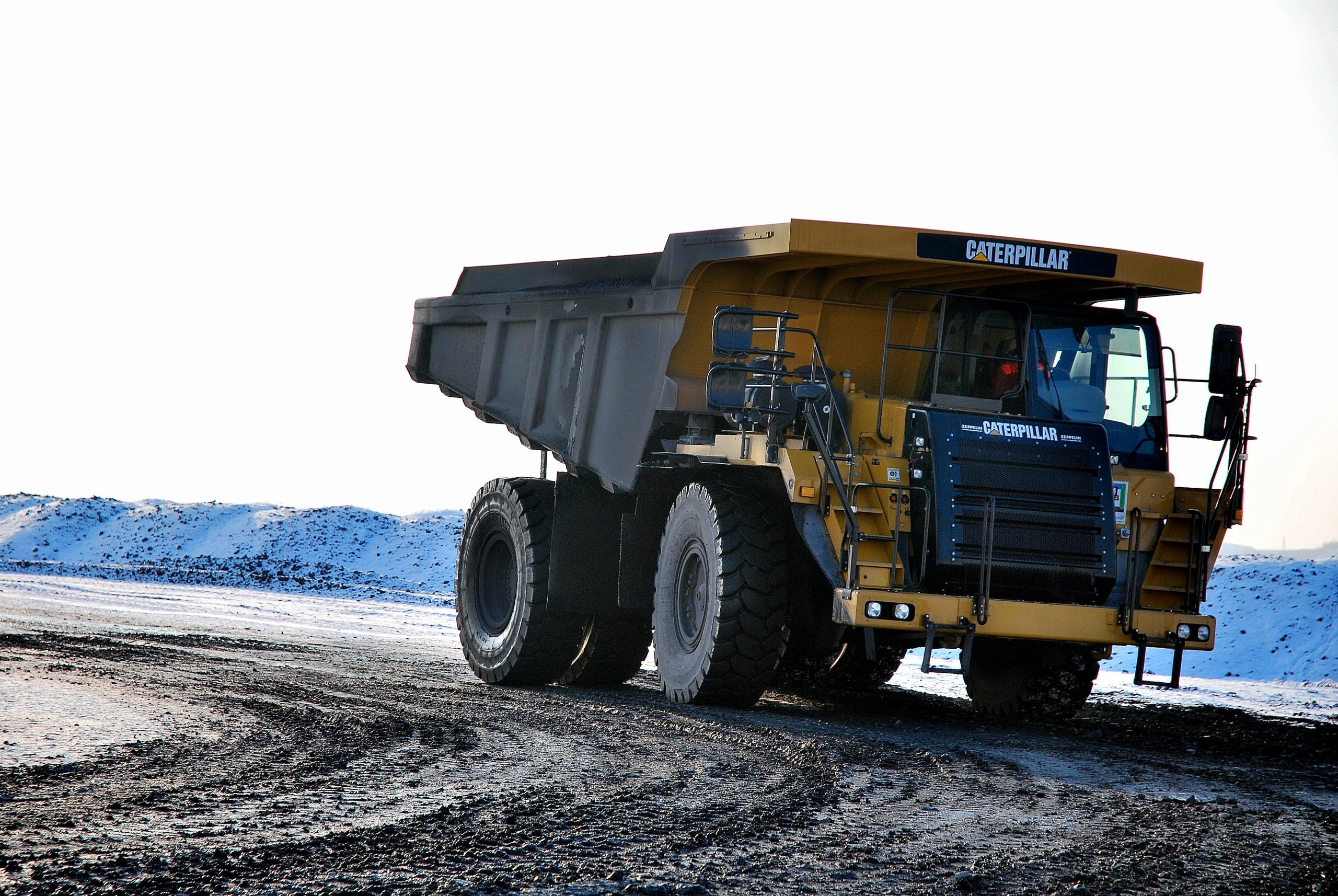 Workplace accidents can strike unexpectedly, leaving individuals injured and grappling with the complex question of who bears responsibility. However, when such accidents involve heavy machinery and contractual relationships, determining fault can become even more challenging. In the case of Clark Nixon, a dump truck driver at Terrebonne Levee & Conservation District (TLCD), the lines blurred further when an incident unfolded on the job site. As Nixon seeks justice for his injuries, the lawsuit shines a light on the intricate interplay of liability, contractual obligations, and the need for skilled legal representation to recover medical costs and hold those at fault accountable.
Workplace accidents can strike unexpectedly, leaving individuals injured and grappling with the complex question of who bears responsibility. However, when such accidents involve heavy machinery and contractual relationships, determining fault can become even more challenging. In the case of Clark Nixon, a dump truck driver at Terrebonne Levee & Conservation District (TLCD), the lines blurred further when an incident unfolded on the job site. As Nixon seeks justice for his injuries, the lawsuit shines a light on the intricate interplay of liability, contractual obligations, and the need for skilled legal representation to recover medical costs and hold those at fault accountable. When accidents involve children, gathering factual information regarding their physical health becomes even more crucial for building a solid case. This is particularly evident in a vehicle collision that took place in Lafayette, Louisiana. The case highlights the specific requirements for demonstrating injuries to children in an auto accident and what is and isn’t required to prove injuries to a child.
When accidents involve children, gathering factual information regarding their physical health becomes even more crucial for building a solid case. This is particularly evident in a vehicle collision that took place in Lafayette, Louisiana. The case highlights the specific requirements for demonstrating injuries to children in an auto accident and what is and isn’t required to prove injuries to a child.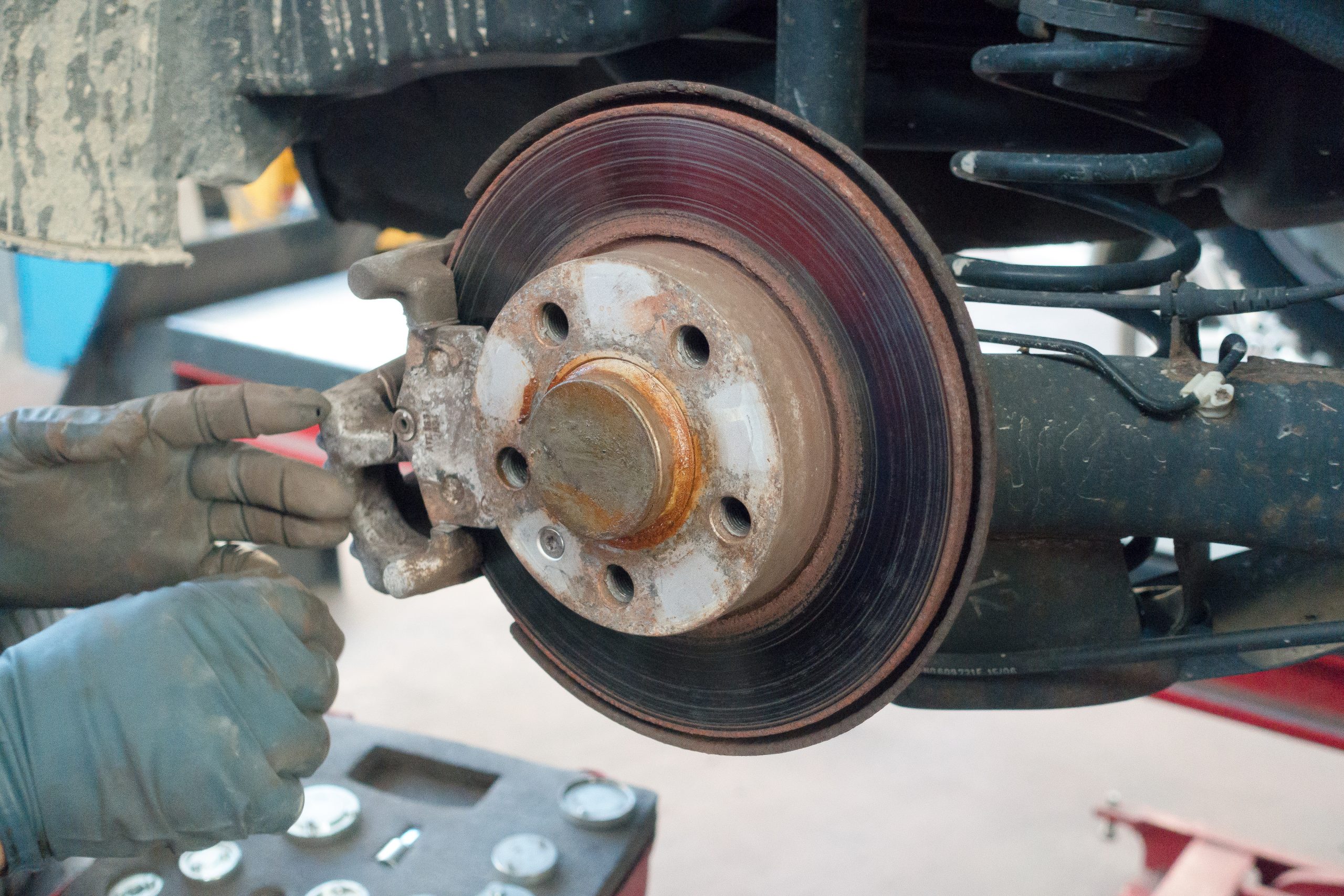 If you have been involved in a motorcycle or car accident, you might not know how an expert witness could help support your claim in court. What happens if there is conflicting testimony from each party’s expert witness about the cause of the accident?
If you have been involved in a motorcycle or car accident, you might not know how an expert witness could help support your claim in court. What happens if there is conflicting testimony from each party’s expert witness about the cause of the accident?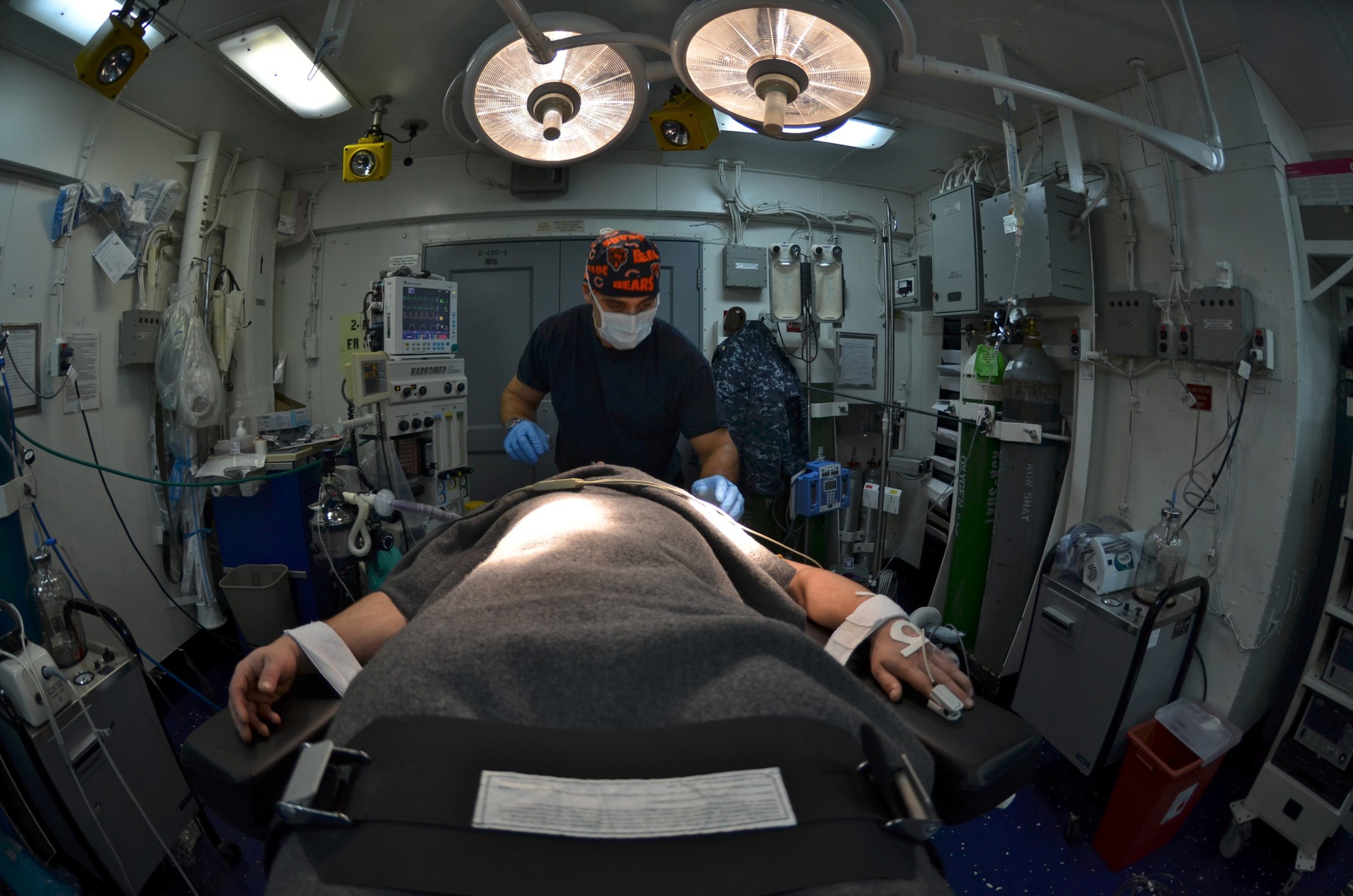 In the aftermath of a vehicle collision, the impact reverberates beyond the immediate parties involved, leaving a trail of injuries and legal complexities. Such was the case for Cody Johnson, a passenger on an RTA bus when it collided with another vehicle. Seeking full compensation for her damages, she pursued a vicarious liability claim against the driver’s employer. However, the court’s assessment of the driver’s scope of employment would determine the outcome of her pursuit of justice.
In the aftermath of a vehicle collision, the impact reverberates beyond the immediate parties involved, leaving a trail of injuries and legal complexities. Such was the case for Cody Johnson, a passenger on an RTA bus when it collided with another vehicle. Seeking full compensation for her damages, she pursued a vicarious liability claim against the driver’s employer. However, the court’s assessment of the driver’s scope of employment would determine the outcome of her pursuit of justice.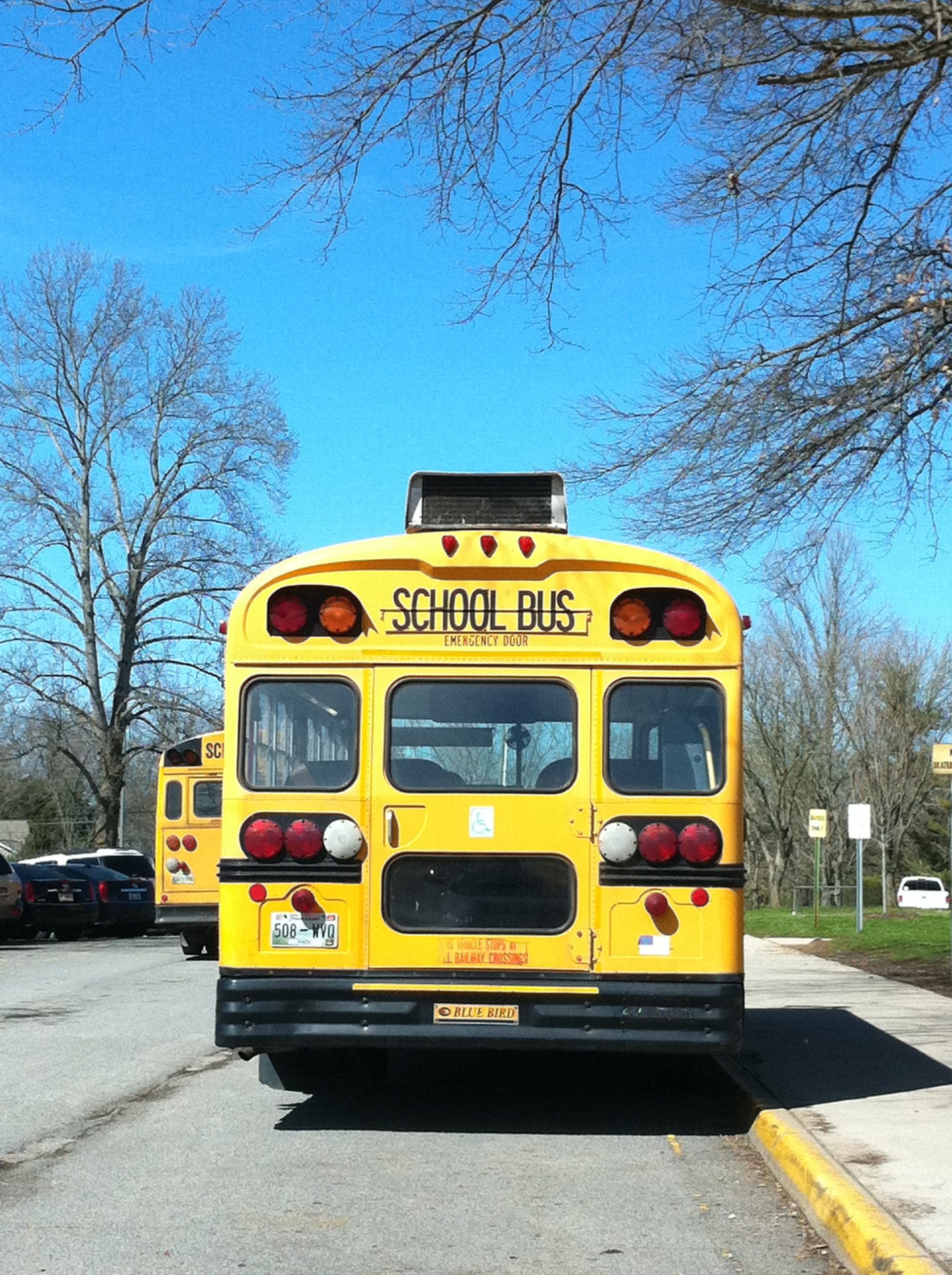 School field trips are supposed to be fun. However, after an unfortunate incident, Darius Baheth’s experience was less than idyllic. Can a parent recover when their child is injured on a school field trip? The following lawsuit, out of Lafayette, Louisiana, answers that question.
School field trips are supposed to be fun. However, after an unfortunate incident, Darius Baheth’s experience was less than idyllic. Can a parent recover when their child is injured on a school field trip? The following lawsuit, out of Lafayette, Louisiana, answers that question.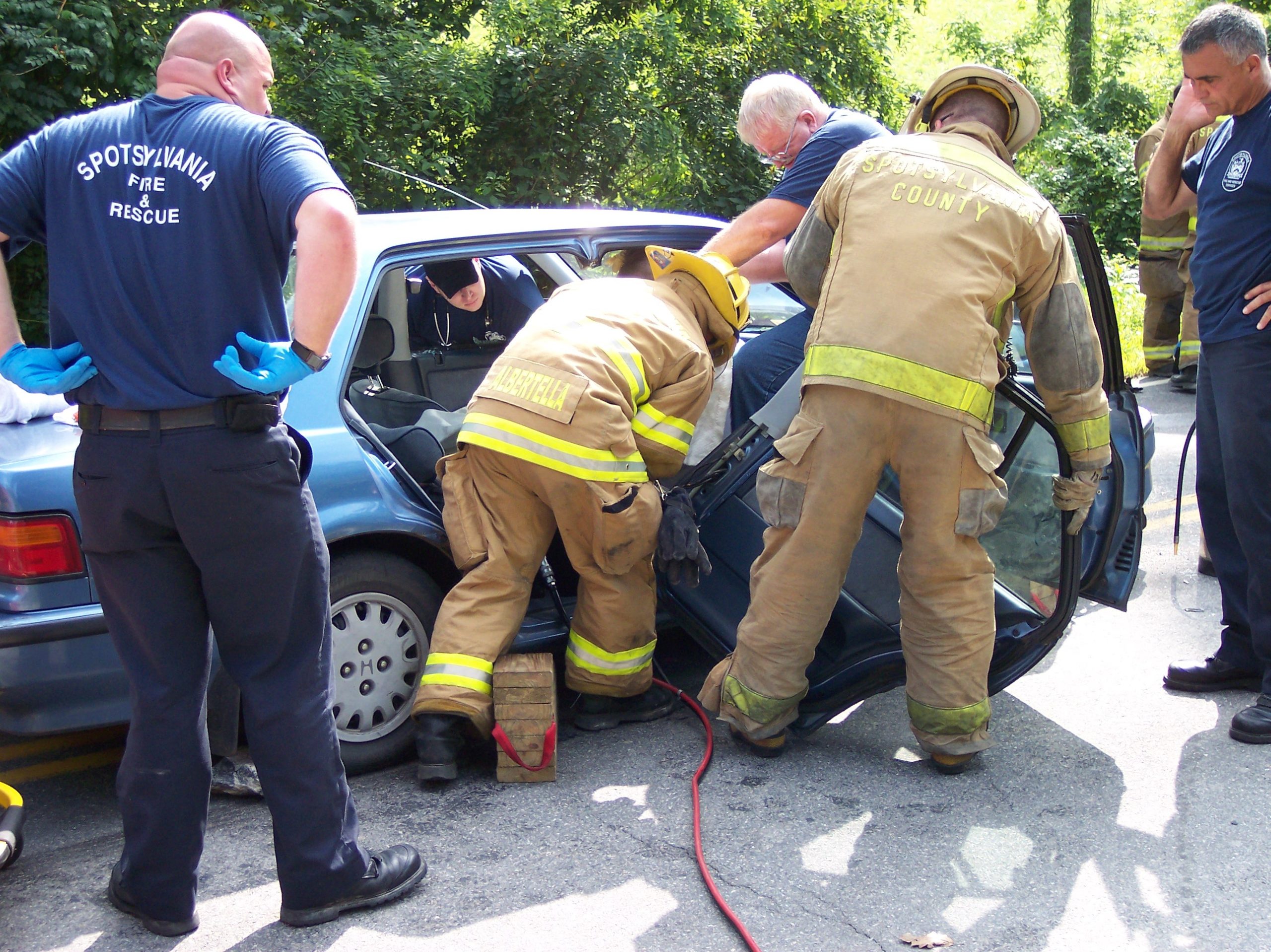 What happens if you were previously injured in an incident and later involved in another accident that causes further injury? Can the person responsible for the second injury be liable for your injuries? Although pre-existing injuries can make it more complicated to determine the scope of your injuries, the court will still consider the extent to which the second accident caused additional injuries and affected your life.
What happens if you were previously injured in an incident and later involved in another accident that causes further injury? Can the person responsible for the second injury be liable for your injuries? Although pre-existing injuries can make it more complicated to determine the scope of your injuries, the court will still consider the extent to which the second accident caused additional injuries and affected your life.